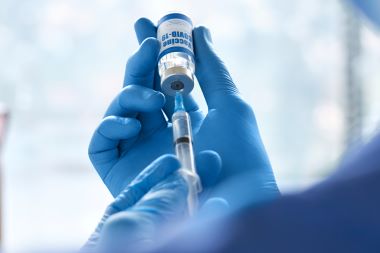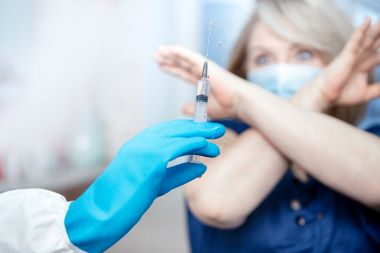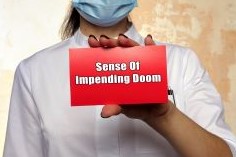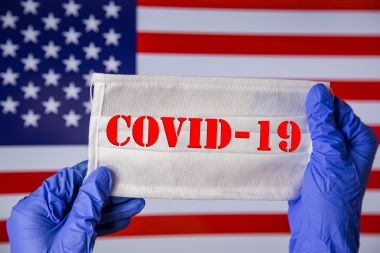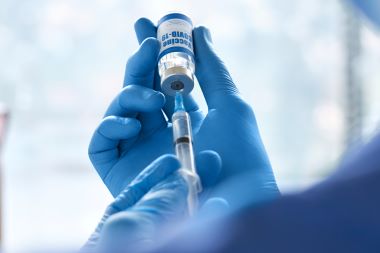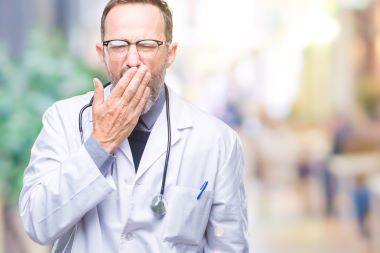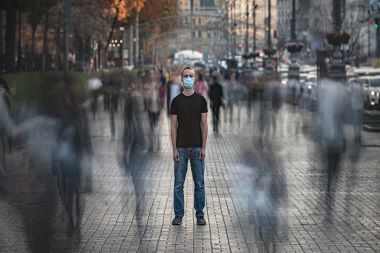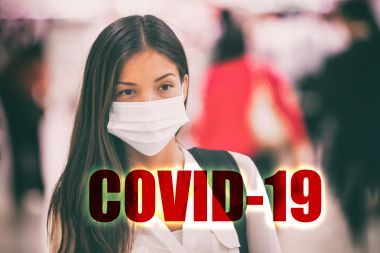The world celebrated the approval of multiple vaccines against the COVID-19 virus. Almost simultaneously to that, however, news was emerging concerning variants to the virus, first in London and South Africa, but eventually here in the U.S., as well. Some are more transmissible, and just as deadly. Urgent care patients are naturally curious about whether the currently available vaccines offer protection against them. The answer is an unsatisfying “that depends.” According to research published in …
Read More